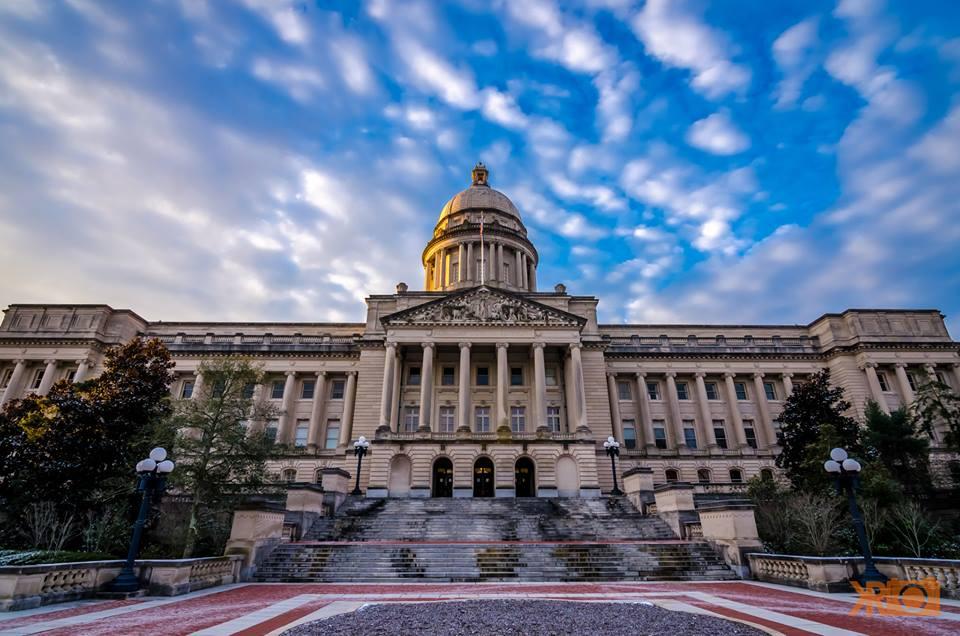Republicans expanded their control of state legislatures in the 2020 election, flipping both chambers in one state while gaining more than 160 seats overall.
Their lead over Democrats thus increased to more than 700 seats (about 67 percent) from over 400, although that number can still change with some remaining contests still to be decided.





